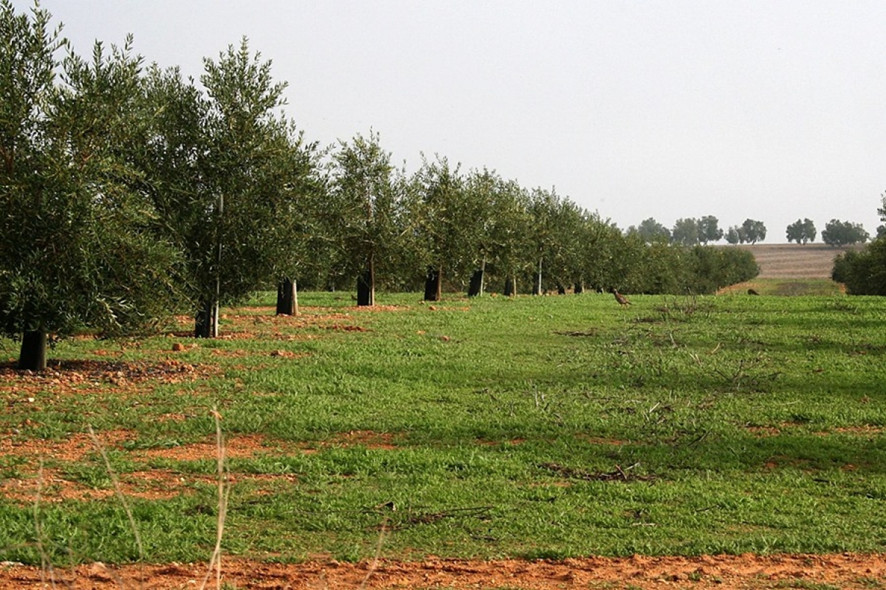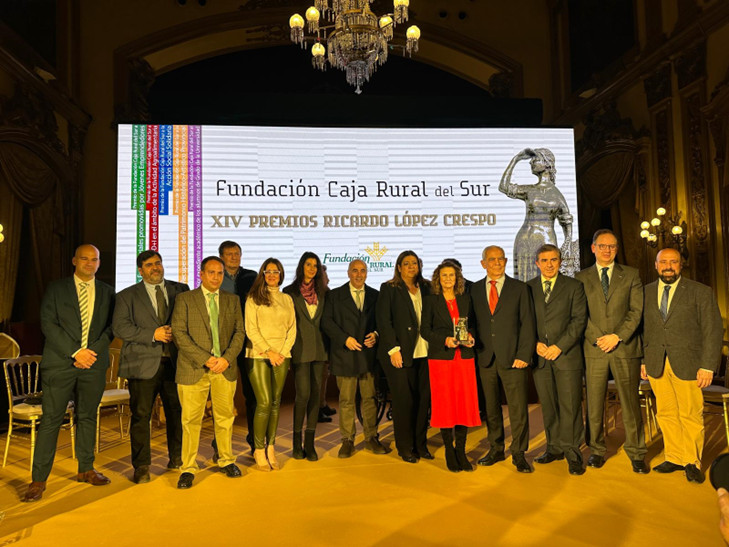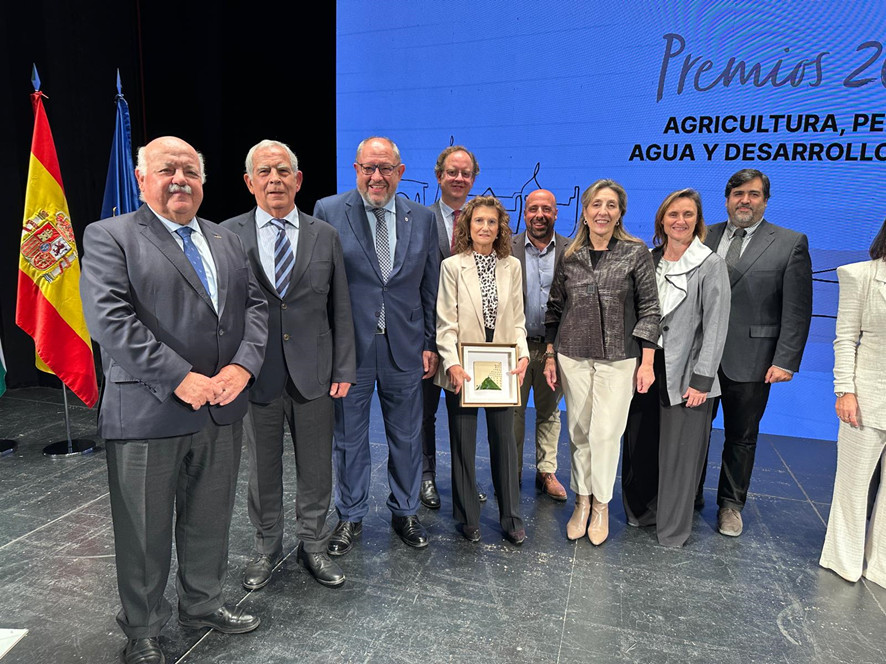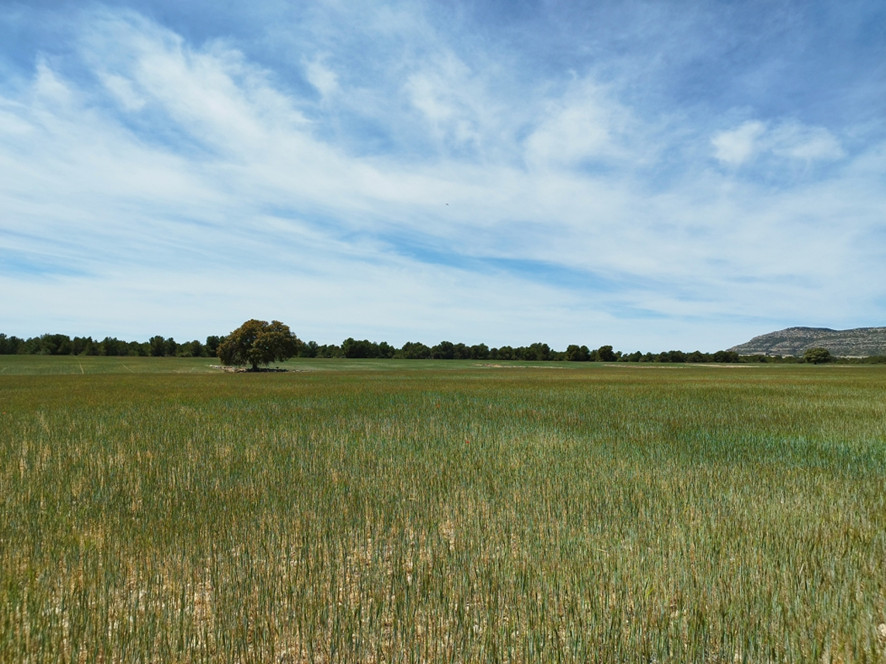Conservation Agriculture Gains Recognition: “Once You Start, You Don’t Quit”

Life Agromitiga: Sustainable Practices That Save Costs and Resources
2023-04-14
Conservation Agriculture: The Great Ally of European Farmers to Secure the Future
2023-06-30Conservation Agriculture Gains Recognition: "Once You Start, You Don't Quit"
Producers have a unique opportunity in Conservation Agriculture to improve soil quality and productivity while contributing to carbon sequestration and reducing emissions into the atmosphere with a model that "once farmers adopt, they don’t abandon."
That is the view of Rafaela Ordóñez, a researcher at the Andalusian Institute for Agricultural, Fisheries, Food, and Organic Production Research and Training (IFAPA) and Vice President of the Spanish Association for Conservation Agriculture Suelos Vivos (AEACSV), in an interview with Efeagro.
The challenge is enormous, as Spain faces severe desertification issues, with 74% of its territory at risk, and erosion, affecting 46% of its land area beyond acceptable soil loss limits, according to official figures.
Additionally, the low organic matter content in much of Spain’s farmland poses a high risk of soil quality degradation and productivity loss. Ordóñez attributes these issues not only to conventional farming practices but also to climate change conditions.
To protect soil and improve fertility, she advocates applying the core principles of Conservation Agriculture: eliminating tillage, maintaining vegetation cover, and implementing crop rotation. These principles are demonstrated in direct seeding for herbaceous crops and cover crops for woody crops.
Practices in Spain
Spain currently has 845,000 hectares under direct seeding (750,000 hectares for cereals), primarily in Castilla y León, and 1.35 million hectares with cover crops (781,000 hectares for olive groves), particularly in Andalusia.
Among these practices, Ordóñez explains that grasses are the most commonly used cover crops, but the trend is shifting toward rotating them with legumes, which capture nitrogen and enhance soil fertility.
According to her, the main reason these soil management techniques have not expanded further is the "farmer’s mindset," as many feel more secure sticking to traditional practices.
However, she emphasizes: "Once a farmer starts Conservation Agriculture, they don’t quit. It’s hard at first, but once they experience the benefits of these techniques, they continue without external help—they do it because they believe in it."
She acknowledges that farmers must adapt to a new system requiring training and investment, which is why additional economic incentives are necessary to help them make the transition.
Fighting Climate Change
Conservation Agriculture also holds great potential in combating climate change, as it stores more carbon in the soil than conventional farming. By leaving plant residues in the field, it prevents emissions from being released into the atmosphere.
Ordóñez adds that tillage emits twice as much due to fuel consumption compared to direct seeding, making it another way to cut emissions.
Research conducted in Spain shows that Conservation Agriculture practices—specifically cover crops in woody crops—can capture 5.6 tons of CO₂ per hectare per year more than conventional tillage.
If applied across all farmland using direct seeding and cover crops, total CO₂ sequestration could reach 9 million tons annually.
Scaling this up nationwide, Conservation Agriculture could offset emissions equivalent to the energy supply of 6 million households and sequester as much carbon as a 25-million-hectare forest, according to Ordóñez.
The CAP: A Major Opportunity
The Common Agricultural Policy (CAP) presents an opportunity for change. The new eco-scheme subsidies, which fund sustainable practices with up to €165 per hectare, could make the transition less daunting for farmers.
Another potential revenue stream is the carbon credit market, which benefits farmers in the United States. However, within the European Union (EU), this market faces skepticism due to uncertainty and lack of clear information.
"One of the biggest future challenges is bringing transparency to carbon markets so that farmers understand the system and feel confident enough to adopt these practices and start selling carbon credits," Ordóñez stresses.
With a growing number of certification companies entering the agricultural sector, the AEACSV Vice President underscores the importance of defining standardized carbon credit quantification and certification criteria. The European Commission is working on this issue with expert advisors.
The Spanish Association for Conservation Agriculture Suelos Vivos primarily focuses on transferring research into practice, participating in EU-funded programs like LIFE and operational groups. It collaborates with academic institutions, research centers, government agencies, agricultural organizations, businesses, and other European entities dedicated to this type of agriculture.
This post is also available in: Español (Spanish)




